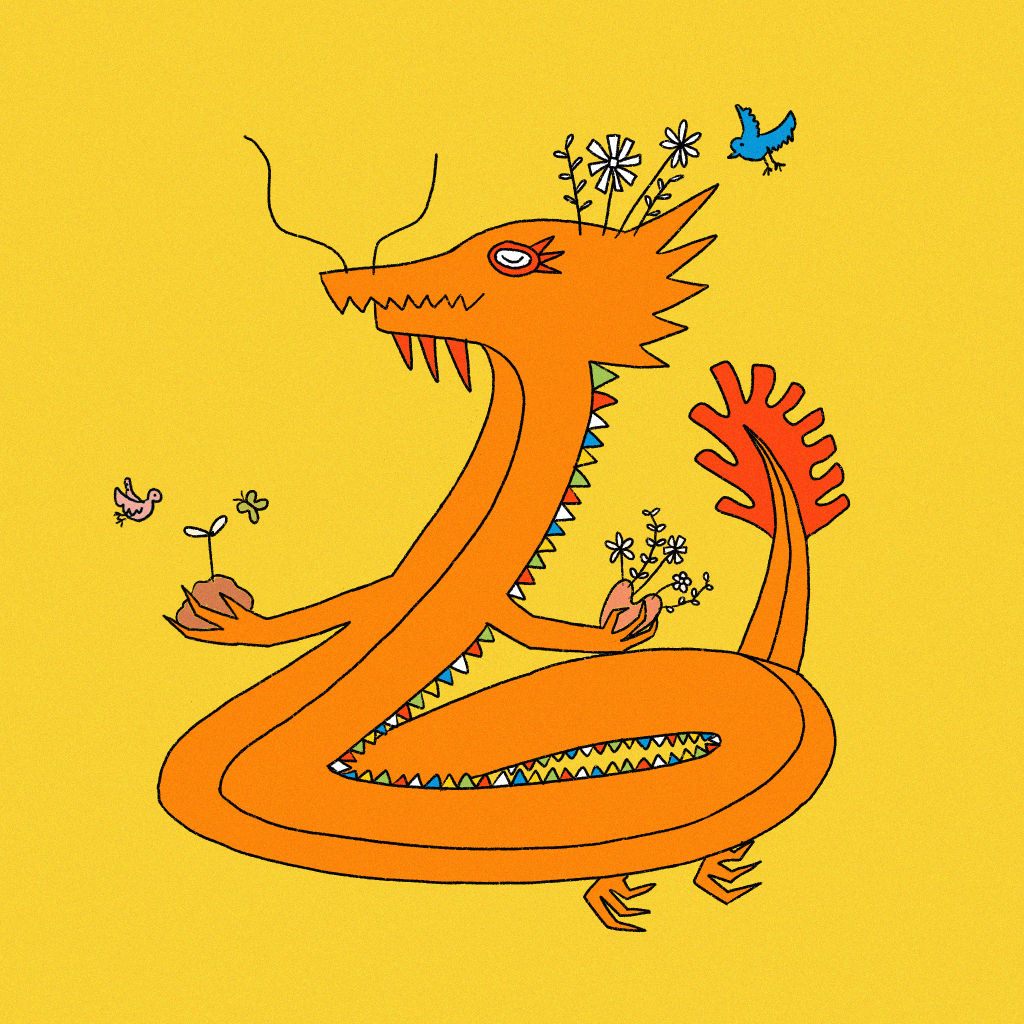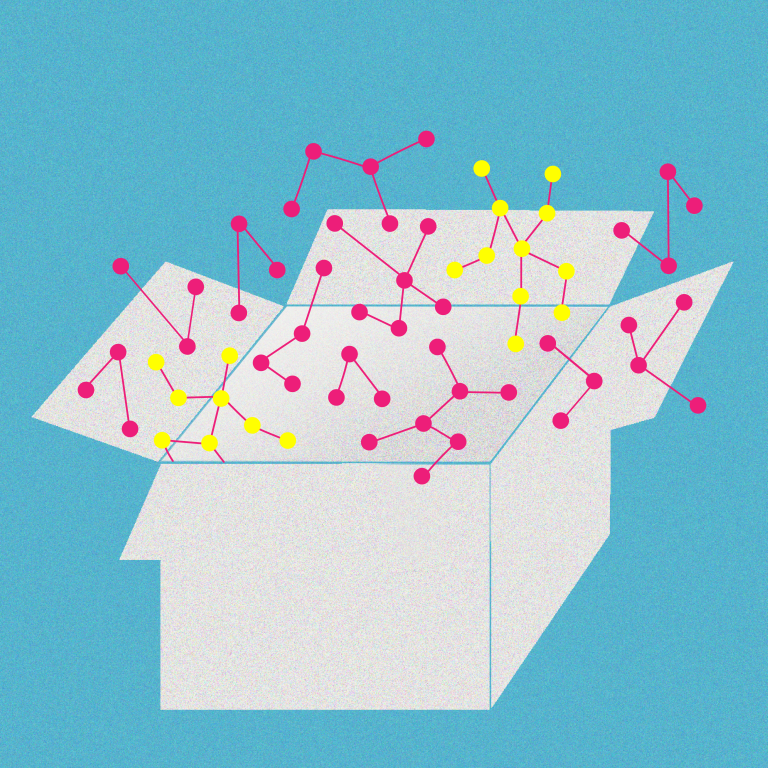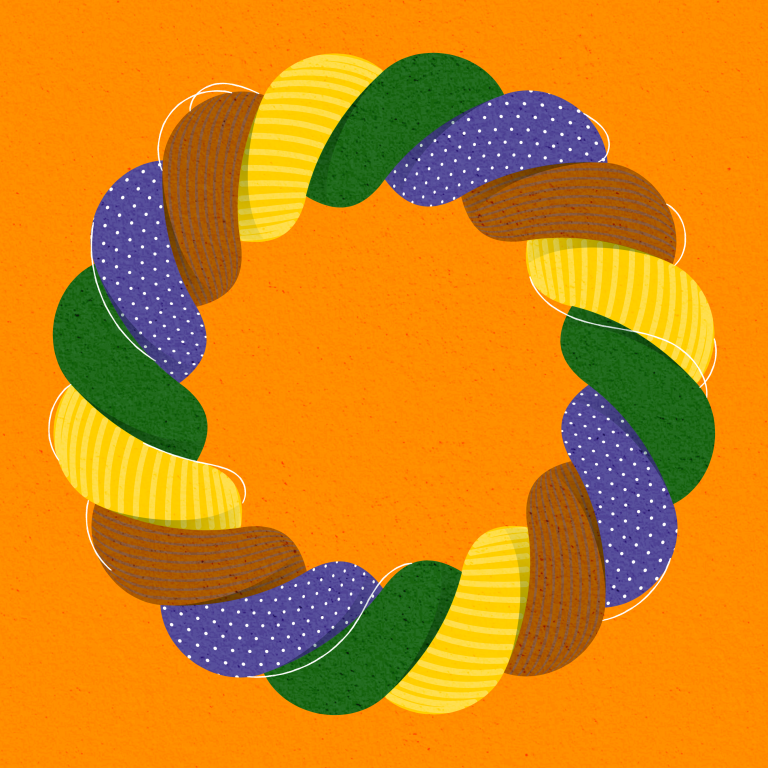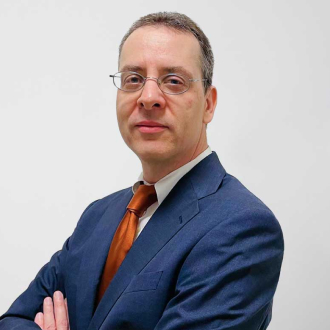Intro by Daum Kim
What do you picture when you think of Bhutan? You might imagine its reputation as the “happiest country,” or perhaps its hugely successful investment in bitcoin mining. There’s a kind of mystique surrounding Bhutan — but the country’s achievements aren’t mysterious, they’re the result of thoughtful strategy and sustained effort.
There’s an important project underway in Southern Bhutan called Gelephu Mindfulness City (GMC), a special administrative region. It is His Majesty’s initiative to apply Bhutanese and Buddhist values as foundational principles in shaping the region’s development. GMC moves beyond GDP’s narrow focus on economic metrics, using Bhutan’s unique Gross National Happiness framework to build systems that integrate social harmony, environmental protection, and sustainable growth. This city’s success is measured not just by profit, but by the harmonious well-being of people and the planet. The ethos GMC is committed to is reflected in everything, from the regulatory and banking system to urban design.
Many of GMC’s practices and vision for the future align closely with Digital Architecture Lab. GMC is working with various international partners, with Joi Ito serving as a board director and chairman of Gelephu Investment Development Corporation, while I help with communications strategy. This is also why Joi and I ended up visiting Bhutan four times in 2024, including the Happiness Capital’s Family Day that DAL hosted.
Gal Raz is a PhD grad in cognitive science from MIT and a newly joined member at Henkaku Center who moved to Bhutan to work on the GMC project. I found his perspective particularly valuable given his deep personal connection to mindfulness and meditation. He also enriched my experience in Bhutan when we were there for the Bhutan Innovation Forum. So we asked him to write a piece for us to share his story.
Here’s the story of how Gal got into Buddhist practices and is now moving to Bhutan.
In 2015, I attended my first silent meditation retreat in Germany. Over 10 days, we refrained from speaking, reading, or even making eye contact, focusing solely on the practice of Vipassana meditation. The structure was rigorous, with about 10 hours of meditation daily and teachings that emphasized self-discipline, equanimity, and awareness of the present moment. The retreat was completely volunteer-run, following a tradition where participants donate at the end only if they feel moved to support future meditators. It was one of the most challenging yet rewarding experiences I’ve ever had, laying the foundation for my ongoing meditation practice. Since then, I have sat six more retreats as a student or volunteer.
Volunteers after a 10-day retreat. We prepared two meals a day for the approx. 200 meditators. I am in the bottom row, third from the right.
Developing a meditation practice has been the most important project of my life. There are obvious benefits in my clarity of thought, my mental health and my ability to connect with other people. Beyond this, the awareness I cultivate through meditation equips me with a sense of agency — I spend more moments in the driver’s seat than in the passenger seat, so to speak.
Feeling these benefits gives me an unparalleled certainty that developing myself as a meditator is the right thing to do. In many other aspects of my life, I have often had serious doubts about whether I was spending my time and energy in a way that served me and those around me.
Take my PhD journey, for example — over five years, I pursued my doctorate in cognitive science, completing my studies in September 2024. I think I did a good job. My efforts were in line with what was expected of me. My work was intellectually stimulating. But I carried a deep uncertainty over whether, in the grand scheme of things, this was the right path to walk. Will my work be of use to anyone? Will cognitive science live up to its claims to improving AI, education or policy?
This uncertainty put strong limits on the amount of emotional involvement I felt in my work. At times, I would genuinely be curious about the outcome of my experiments, and would put in long hours to find out the answer. However, scientific curiosity is not a sustainable motivator — you spend a lot more time solving mundane technical challenges than basking in scientific answers. Most of the time, and perhaps like most people, I put in the work primarily because I wanted to “do well.” In many ways, my attitude towards work was a continuation of the desire to be a good student in school — a somewhat empty ambition to be acknowledged by peers and mentors.
I do not feel called to a life of pure ambition, or “doing well.” Instead, I would like to pursue things because they are a vessel for self-improvement and service, similar to my meditation practice. Apart from becoming a monk (which I seriously considered), it was not clear to me how to act in the world in a way that would feel meaningful. What job could I do that would satisfy these values?
Finding purpose in Bhutan
In February 2023, looking for answers, I traveled to Bhutan with my father on a completely disconnected trip. We spent two weeks hiking through forests and valleys, visiting monasteries, and meeting monks who shared their way of life. We stayed with farmer families, ate meals with them, and participated in small but meaningful traditions like hot stone baths. With no contact to the outside world, everything felt simpler. It was a break from the distractions of daily life and a chance to experience the slower, deliberate pace of Bhutanese culture.
At the same time, Bhutan faces some difficult challenges. Many of the families we stayed with spoke about their children moving to Australia for work, highlighting issues like youth unemployment and the lack of opportunities at home. These problems left me wondering: how does a country like Bhutan, so deeply rooted in Buddhist traditions, adapt to modern challenges like these? Can Buddhist values, which seem to guide so much of daily life here, offer answers to these questions?
About a year later, a few months before my graduation, I received a text from my advisor at MIT: “I’m having dinner with Joi Ito, and you came up. He was talking about his work with the King of Bhutan. I think he might want to talk to you about working with him.” I was at a Red Sox baseball game in Boston with friends at that time and couldn’t leave. But my mind started racing, and I could not pay attention to anything around me anymore. Recently, I have been trying to remember how the game ended, or who the Red Sox were playing against, and I have no idea.
Shortly after, I met Joi. He described his close involvement in the Gelephu Mindfulness City (GMC), Bhutan’s ambitious new initiative, to answer exactly the questions I had asked myself during my trip to Bhutan. GMC is a model city guided by Buddhist values, and an experiment in institutionalizing the insights of mindfulness on a societal scale. GMC’s goal is to demonstrate that the principles of balance, interconnectedness, and sustainability can shape systems that benefit everyone. From its flagship policies to its physical design, GMC offers a path for addressing Bhutan’s challenges while staying true to its cultural and spiritual heritage. I immediately was sold, and with Joi’s and his team’s support, joined the team.
A rendering of the masterplan for Gelephu Mindfulness City, introduced by BIG, a Danish architecture firm designing the city.
The idea of institutionalizing mindfulness is new to me. Meditation, as I know it, is mostly a personal endeavor. In the Vipassana tradition I practice, students meditate in silence, refraining from contact with the outside world and even with other meditators.
Part of this is historical. Vipassana stems from the Theravada school of Buddhism, the oldest school of Buddhism, which emphasizes a personal path to liberation. Monks in this tradition often practice in isolation for many years, and focus on gaining insight into the nature of their minds through diligent practice. This school of thought is widespread in Burma, Sri Lanka and Thailand to this day, and practiced primarily by the monastic community (though there are some movements, such as the Vipassana movement, that invites lay people like myself to practice).
In contrast, Bhutan’s citizens practice Vajrayana Buddhism. Rather than a focus on personal liberation, this school of Buddhism is more communal and ritualistic in nature. The practice of Vajrayana Buddhism emphasizes the relationship between student and teacher on the path to liberation, and monastic communities and lay people together participate in rituals and ceremonies. Consequently, religious organizations or leaders in Vajrayana Buddhism have traditionally also taken on more political roles.
In the Bhutanese framework therefore, mindfulness is not practiced only in the minds of individuals sitting cross-legged on a meditation cushion. Indeed, Bhutan’s Mindfulness City reflects the belief that the insights we gain from mindfulness can be institutionalized and applied at a societal scale. But how? After all, at first glance, the Buddhist teachings seem quite personal: as meditators we learn that chasing after pleasant experiences and avoiding unpleasant ones will never be satisfactory (“dukkha”). We learn that there is no “I” separate from the rest of the world (“annatā”). While these insights clearly improve our individual health, sense of agency and happiness, GMC represents the belief that these insights have direct consequences for how social and legal systems should be designed.
Practical applications of mindfulness
A guiding principle for GMC is the famous Gross National Happiness (GNH) Index, a metric that Bhutan introduced as an alternative to Gross Domestic Product (GDP). Unlike GDP, which focuses solely on economic activity, GNH measures a nation’s success through a broader lens, including indicators like environmental sustainability, cultural preservation, good governance, and equitable social development. The concept is explicitly Buddhist, rooted in the understanding that true happiness comes not from material accumulation but from balance, interconnectedness, and a sense of collective well-being. This principle guides GMC’s policies, ensuring that growth and progress are pursued with mindfulness, compassion, and a deep respect for both people and the environment.
An example of a system designed with GNH in mind is GMC’s flagship bank, ORO bank. ORO bank is a full reserve bank: when customers deposit money, it remains safely stored, rather than used for further investments. This is in stark contrast to traditional banks which typically keep no more than 5-10% of assets liquid, and re-invest the remainder into (often risky) financial instruments that maximize returns. Understanding that a happy life does not consist of greedy maximization of financial returns, but of stability and balance, underpins such choices that err on the side of caution and sustainability.
Similarly, understanding that we do not harbor an “I” that is separate from our environment (“annatā”), places on us a special responsibility for the natural world. Bhutan has already instituted policies that reflect this responsibility, mandating that a majority of its surface be covered by forest. GMC will carry this special regard for nature forward. GMC’s physical infrastructure will be embedded within, rather than replace, the natural landscape of Gelephu. The city will be powered by renewable energy sources, primarily hydropower. To symbolize the special relationship that the Bhutanese have with nature, the tallest building in GMC will be no higher than the tallest tree in the region.
Bhutan’s exploration of blockchain-based solutions also can be seen as an institutionalization of Buddhist cultural and spiritual principles. In Buddhism, non-attachment is a key teaching, emphasizing the importance of letting go of control, power, and ego-driven desires, all of which lead to suffering. Blockchain technology, with its decentralized and distributed nature, mirrors this concept by dispersing control across a network of participants rather than concentrating it in a single authority. This approach reduces attachment to centralized power, and encourages systems that operate for the collective good rather than individual gain. To this end, Bhutan is already implementing blockchain-based solutions to essential public services, such as Bhutan’s National Digital Identity system, and TER, GMC’s new digital currency.
Unlike any other job I have done, being involved in GMC has felt in many ways similar to my meditation practice itself: Working on social systems that institute the values of mindfulness gives me a sense of certainty similar to that of meditation. Just as when I meditate, I feel confident that the work I am doing will bring value to others and myself. For Bhutan, GMC will provide new opportunities, both to those currently living in Bhutan, and to those who left the country for work but wish to return. To the world, it will be a demonstration that happiness and prosperity does not depend on the exploitation of natural resources. For myself, working on GMC is an opportunity to practice mindfulness, not just when sitting cross-legged.
Gal Raz (galraz@gmc.bt) is an MIT PhD in cognitive science, and a Henkaku Center member who relocated to Bhutan for the GMC project
Daum Kim is the Deputy Architect at DAL (daum@dalab.xyz)
Illustration: Asuka Zoe Hayashi
Edits: Janine Liberty





